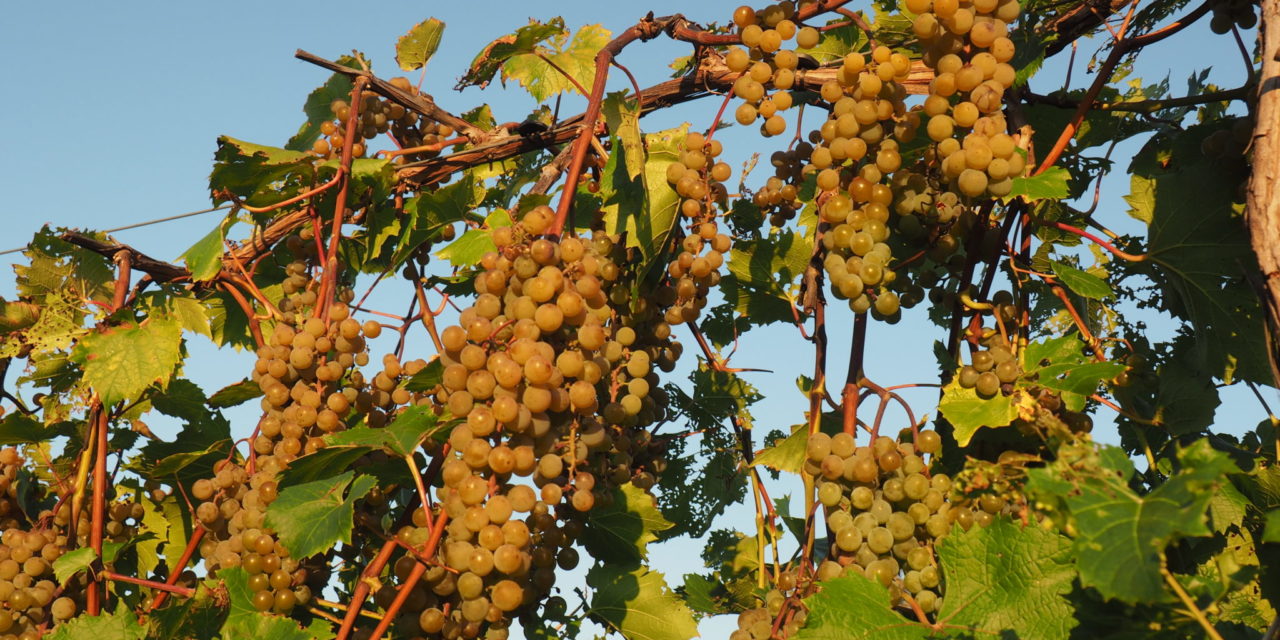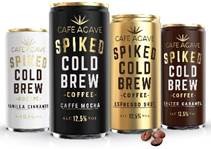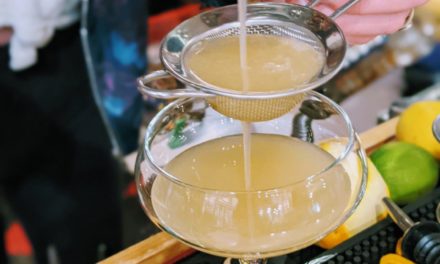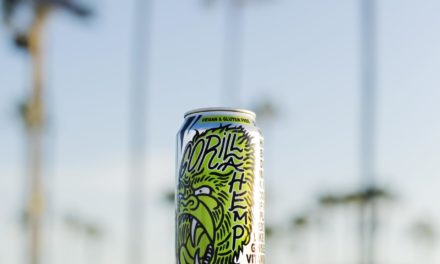The climatic challenges typically present on the East Coast of the United States include more humidity, colder winters, and more rain (including hailstorms) during the growing season than is typical on the West Coast. Microclimates aside, these conditions lead to a different set of viticultural problems faced by the more than 2,000 East Coast wineries, with more need for disease resistant varieties that can withstand tougher winter and spring conditions.
In addition to Chardonnay on the white side, this has meant the increasing production of such grapes as Albariño, Petit Manseng, and Viognier, with their relatively smaller berries, tougher skins, and looser clusters to reduce disease problems such as mildews and rots. For reds, Cabernet Sauvignon is more likely to produce inconsistent quality from year-to-year in most areas, leaving Cabernet Franc, Petit Verdot, and Merlot as the core Bordeaux varietals up and down the Atlantic Seaboard. While some of the older French-American hybrids, such as Vidal Blanc, Seyval Blanc, and Chambourcin are still fairly widely grown, more than three-fourths of all grapes grown are vitis vinifera.
As one gets up into the colder areas of Pennsylvania, New York, and New England, vinifera don’t do as well. In recent years, this has led to the adoption of cold hardy hybrids, most developed at Cornell University and the University of Minnesota, including LaCrescent and Louise Swenson as whites and Marquette as a red grape variety. Here are a few standouts from the most recent Atlantic Seaboard Wine Association competition.
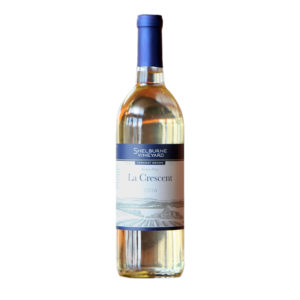
2015 LaCrescent
Shelburne Vineyard; Shelburne, Vt.
Made from 94% LaCrescent and 6% Prairie Star, two grapes known for winter hardiness. Soft citrus aromas, reminiscent of a light lemon curd, lead into round fruity flavors with a medium body and a pleasant, long, citrusy finish. LaCrescent was developed by the University of Minnesota and released for winery use in 2002. It’s cold hardy to -36°F, typically ripens mid-season, and is fairly disease resistant. This winery is one of the best-known in New England for its dedication to the development of cold hardy hybrids as top quality wines.
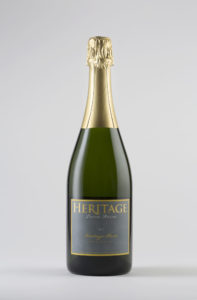
Heritage Vineyards
2013 Vintage Brut
William Heritage Vineyards; Mullica Hill, N.J.
Made from 72% Chardonnay and 28% Pinot Noir, this clean sparkler displays a fruity nose with some pronounced, toasty aromas to complement the luscious stream of tiny bubbles. Perfect for any occasion, this brut was produced using methode champenoise. The family-owned and -operated winery in the Outer Coastal Plain AVA is one of the leading wineries in the area, promoting cooperation among regional wineries to improve the overall quality of wines. It was named “Winery of the Year” in both 2011 and 2014 by the Garden State Wine Growers Association. The owners are fifth-generation farmers of the land on which the vineyards are situated.

2013 Cabernet Franc Reserve
Narmada Winery; Amissville, Va.
A blend of 86% Cabernet Franc and 14% Petit Verdot; this wine starts with rich, black cherry aromas and dark berry flavors leading to subtle hints of oaky spiciness, with full-bodied and complex flavors of black pepper, dark cherries, and a hint of violets. This sustainable winery has consistently won national and regional awards for the top-notch quality of its wines. Owner and winemaker Sudha Patil moved to the United States more than 40 years ago from Mumbai, India, and became a dentist. Upon retirement, she and her husband started the winery and she studied under some of the best winemakers in Virginia (including Jim Law), becoming the head winemaker shortly after the initial production of wine from the estate.
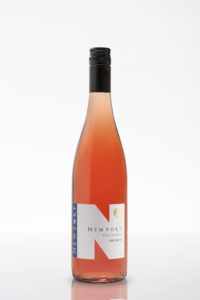 2016 Dry Rosé
2016 Dry Rosé
Newport Vineyards; Middletown, R.I.
Soft strawberry aromas evolve into smooth red fruit flavors with ample body for a crisp and pleasant wine made from 50% Pinot Noir, 25% Cabernet Franc, and 25% Cabernet Sauvignon. Newport’s vineyards, located on Aquidneck Island, were first planted in 1997 and the winery now has 60 acres under vine. Recognized as a top winery in the area for its entire portfolio, it’s benefited from the relatively warm waters emanating from the Gulf Stream and heavy breezes that reduce disease pressure.
 2013 Semi-Dry Riesling
2013 Semi-Dry Riesling
Wagner Vineyards; Lodi, N.Y.
A 100% varietal wine, big peach aromas lead into a pleasant, medium-bodied, refreshing mouthfeel. With 2.1% RS, there’s plenty of acidity to provide balance and make it exceptionally food friendly. Located on the eastern shore of Seneca Lake, Wagner has produced this fine representative of the Rieslings for which the Finger Lakes has become famous. The winery, with 250 acres under vine and producing 50,000 cases annually, regularly wins national and international awards for the fine quality of its wines.
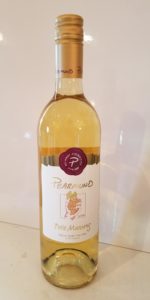 2016 Petit Manseng
2016 Petit Manseng
Pearmund Cellars; Broad Run, Va.
Made with 100% Petit Manseng, this wine is a lovely dry white which exudes pineapple and white flowers on the nose, followed by kiwi, citrus, and pineapple flavors and a medium mouthfeel with a long, crisp finish. This vinifera grape, originally from the Jurancon area in southern France, has loose clusters, thick skins, and very small berries, making it quite disease resistant. It’s also fairly cold hardy compared to most other viniferas, and can be produced in both dry and off-dry versions with success. Winery founder Chris Pearmund has helped to start and consulted regarding the development of a significant number of wineries in central Virginia.
Grant Crandall and Dave Barber are Atlantic Seaboard Wine Association president and competition chair, respectively. ASWA, one of the oldest wine organizations located on the East Coast, is dedicated to promoting wines produced in the 17 Atlantic Seaboard states, from Maine to Florida, with Pennsylvania, Vermont, and West Virginia included for continuity. aswawines.org

